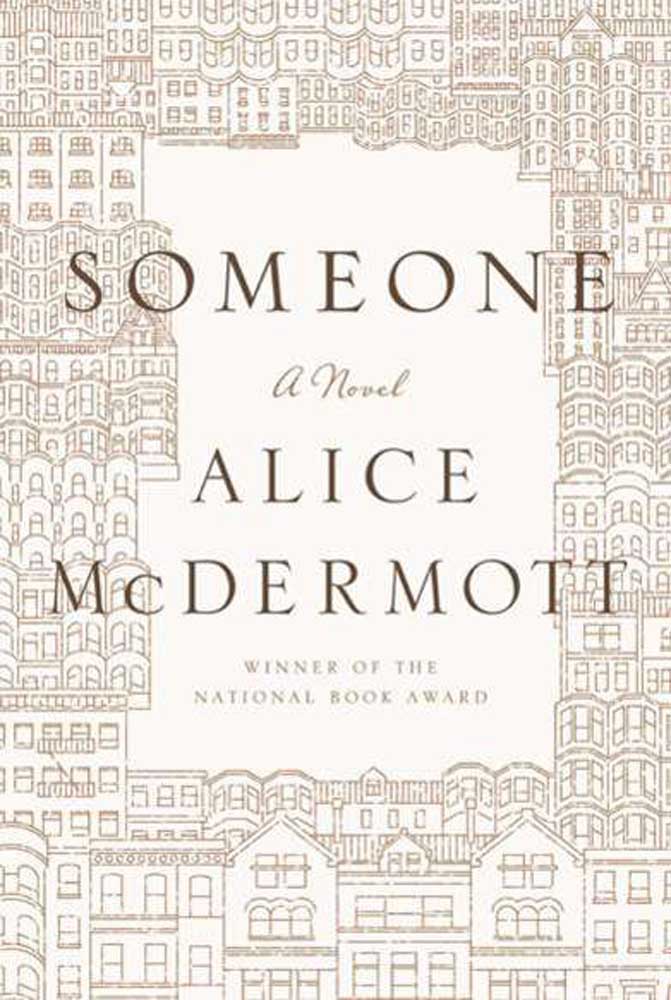Alice McDermott delivers the ordinary with exquisite touch
Published 5:00 am Sunday, September 29, 2013

- Alice McDermott delivers the ordinary with exquisite touch
“Someone” By Alice McDermott (Farrar, Straus and Giroux, 230 pgs., $25)
After a seven-year hiatus, National Book Award winner Alice McDermott returns with her seventh novel, “Someone,” a quiet tour de force of a story. McDermott writes in lyrical yet methodical prose about an ordinary woman living an ordinary life, a seemingly nonstory with heartache, joy, suffering and beauty all simmering beneath the scattered recollections that make up the novel.
“Someone” opens with the 7-year-old protagonist, Marie, waiting on the front steps for her father to return home from work. McDermott, in her characteristic attention to detail, provides a vivid image of young Marie as a “shy child, and comical-looking, with a round flat face and black slits for eyes, thick glasses, black bangs, a straight and serious mouth — a little girl cartoon.”
The novel expands to describe the post-World War I Brooklyn neighborhood Marie inhabits, including various neighbors: Bill Corrigan, blind from being gassed in the war and who sits outside while wearing a neatly ironed suit every day; the Chehabs, a Syrian couple whose daughter falls down a flight of stairs when Marie is young; and Marie’s friend Gertrude, who loses her mother to childbirth and is forced to care for her siblings.
Much of the neighborhood — including Marie and her family — is Irish Catholic. Religion hovers over the story without suffocating it, and it is most notable with Marie’s brother Gabe, who enters the priesthood as a young man but abandons the career a few years later. No explosions of emotion or drama punctuate this career abandonment. When a former parishioner approaches Gabe and Marie after Gabe quits the seminary, Marie ponders on the “puzzle of Gabe’s lost vocation … for a moment I was more kin to this florid young stranger than I was to my brother, the failed priest, at my side.”
Marie narrates the novel in a voice that is both subdued and compelling. Her life is punctuated by astute observations of the people around her as she grows from child to adolescent to adult. Heartbreak marks the young Marie when her first boyfriend, Walter Harnett, dumps her for a richer, prettier girl.
The loss and sadness emanate in McDermott’s chilling metaphors: “I wanted to reach behind my neck and unhook the flesh from the bone,” Marie admits when she returns home after Walter’s abandonment. “Open it along the zipper of my spine, step out of my skin and fling it to the floor … Raise a fist to God for how He had shaped me in that first darkness: unlovely and unloved.”
Marie then takes a job as an assistant with Mr. Fagin, the undertaker. Death and grief come and go during these years of Marie’s young adulthood. She takes coats from family members as they arrive to view their loved ones’ bodies. Members of the Brooklyn enclave pass away during Marie’s time as the undertaker’s assistant, most notably blind Bill Corrigan, who commits suicide.
McDermott, with her sympathetic touch, allows Marie’s ex-boyfriend, Walter, a glimpse of humanity as he grieves over his friend Bill.
Marie eventually marries her “someone,” the former parishioner who embarrassed Gabe earlier in the story. Marie first sees Tom as skinny and awkward; “his collar didn’t touch his neck, and as a result the knot of his tie seemed somehow unanchored.” McDermott depicts Tom and Marie’s subsequent marriage as tender yet at times awkward; their life together brims with quiet moments and hardships, most notably the difficult birth of their first child. Both of the characters feel inordinately normal, so true to life that their struggles hurt like they’re your own.
Ordinary life is made extraordinary by McDermott’s tender characterization of women, of husbands, of sons, of parents — a life that includes both the dark and the light within the simply ordinary.






